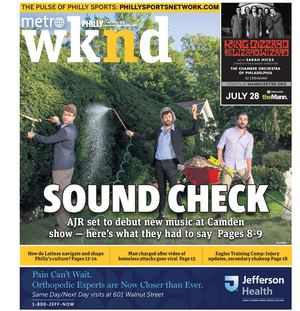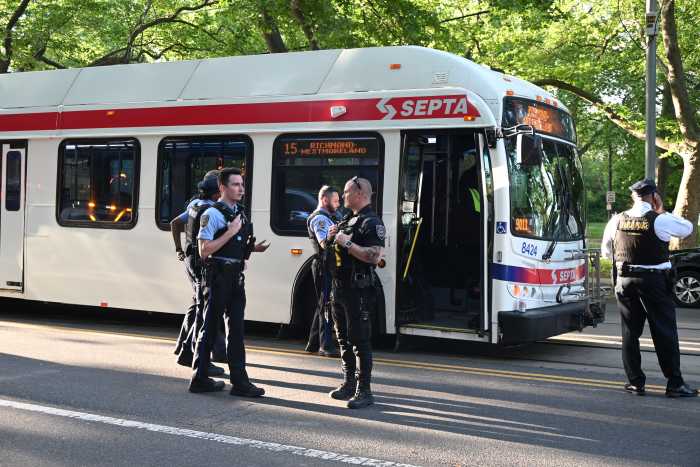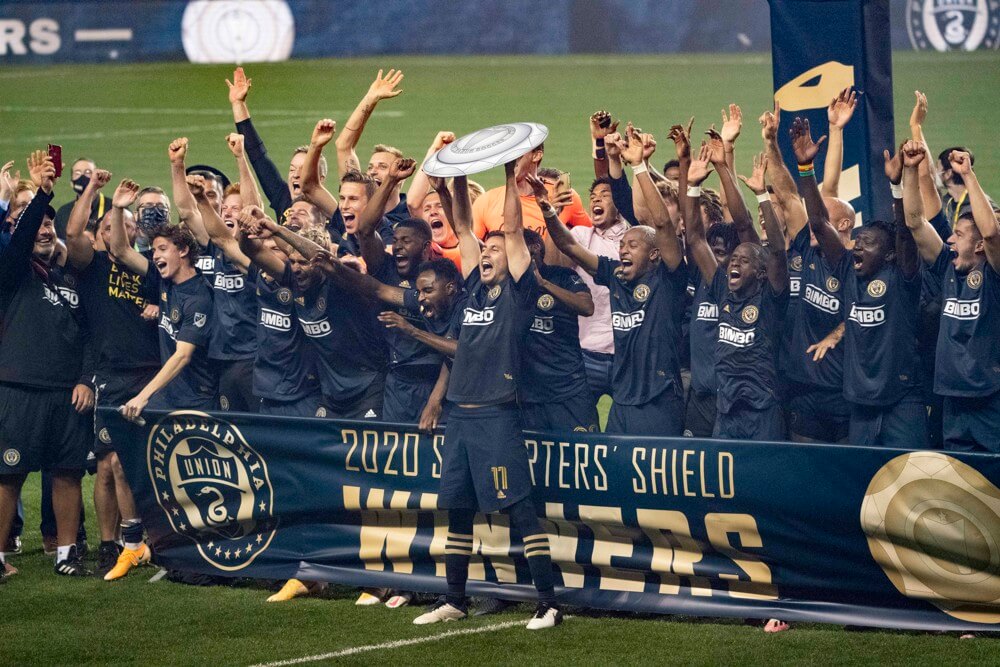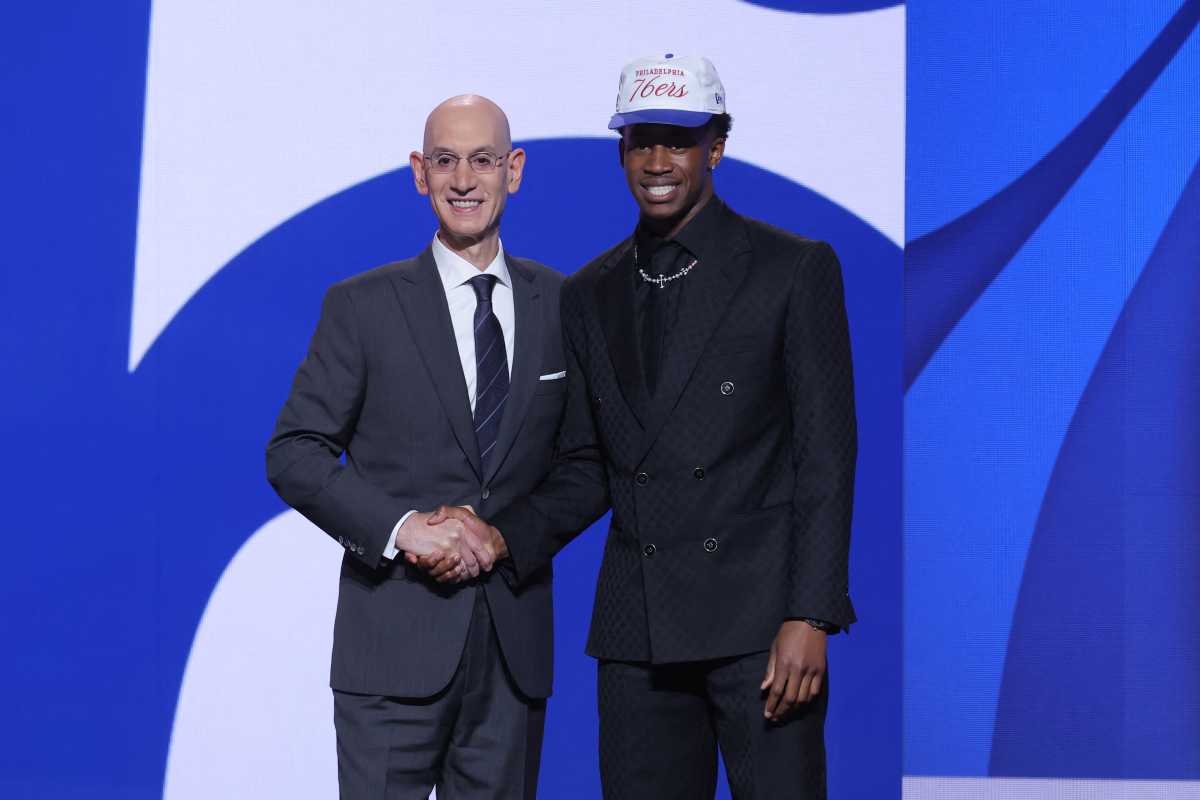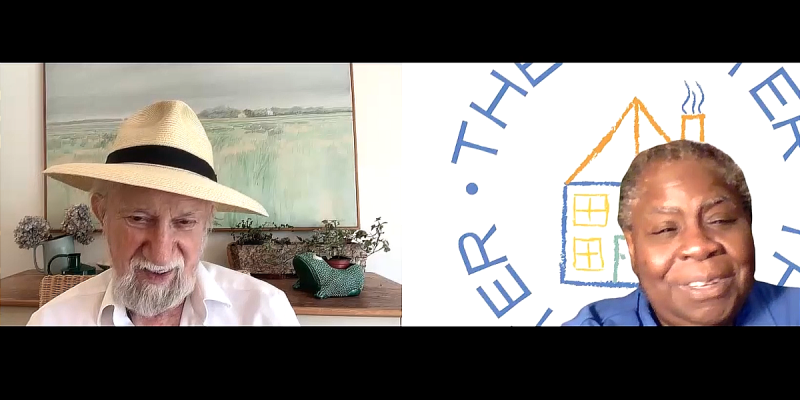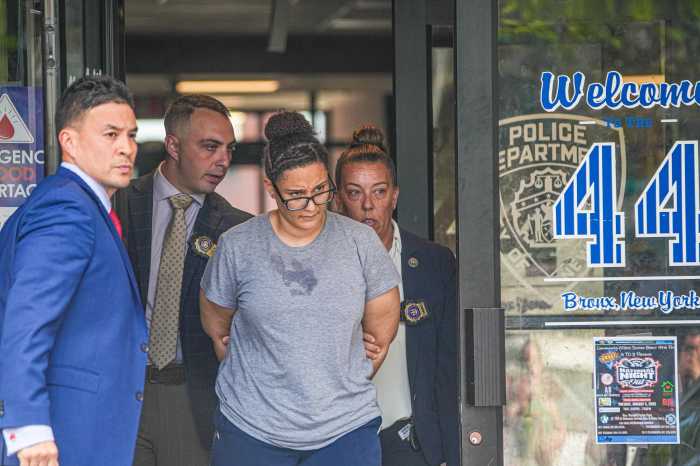“This neighborhood used to be fabulous,” says Darryl McCray, 62, better known as graffiti writer Cornbread, notorious in the 1960s for tagging an elephant at the Philadelphia Zoo, as he strolls through his native North Philly neighborhood. “Everybody came to Brewerytown.” “That’s pretty damn hot right there,” McCray says of a smiley face graffito by ICY Signs peeking out of a parking lot on Girard between 26th and 27th Streets in North Philly. “It started with Cornbread’s signature and it evolved to this.” As foot traffic has grown on Girard Avenue between 25th and 31st streets in recent years, new businesses are opening and a raft of new condo and commercial development is moving into this still downtrodden area. Even the graffiti has been getting an upgrade. MM Partners, a real estate development company active in Brewerytown, has been hiring local artists to decorate the walls of some of their properties. “Ever since we started working in the neighborhood, we’ve wanted to bring arts into the mix,” Roller said. “We think having art be part of the urban fabric is just a great thing. … Obviously if there’s a blank wall we think we can add something.” A new cafe, The Monkey & the Elephant, is scheduled to open on Girard between 28th and 29th streets in the storefront formerly occupied by High Point Cafe and Mugshots before that. The Monkey & The Elephant is also a nonprofit organization that trains former foster youths in job skills, said founder Lisa Miccolis. Butter’s, a soul food joint down that has been located in a smaller shop with just one table for almost a decade, is moving to a new location down the block, formerly occupied by Shifty’s Tacos. “It’s exciting,” said Butters’ owner and head chef, Kevin Bell. “We went from people standing here, getting the food, and taking it home to now they’re sitting there eating it, and there’s a deck out back.” MM Partners is currently building 16 apartments and two commercial units at Taney Street and Girard Avenue. They cut the ribbon last month at a historic hat shop at 29th and Girard that now has four businesses and four apartments, as well as space for the as-yet-unnamed new restaurant from the owners of Pizza Brain. Next up from MM: Girard27 – a project with 70 residential units, 10 townhomes and retail space facing Girard. The project is planned to break ground in spring on a lot at 27th Street and Girard Avenue that has been vacant for nearly 20 years. Developers including Westrum Development Company and McSpain Properties are planning more residential development, with apartments inside the former ACME Warehouse at 31st and Jefferson, the former Red Bell Brewing Company across the street, and the former Pyramid Electric Company building at 31st and Glenwood Avenue. All told, some 400 new apartments and homes are planned in the near future.
“Neighborhoods need people, that’s the most important thing,” said Mario Presta, president of the West Girard Business Association, and a Brewerytown resident since 1983. “Brewerytown has lots of blight, abandoned houses and abandoned properties.” The redevelopment hasn’t guaranteed success for all local businesses. Two recent additions to Girard Avenue — Shifty’s Taco’s and Mt. Airy-based High Point Cafe — closed after little more than a year each. “The neighborhood wasn’t quite developed enough to be able to sustain our operating expenses,” said High Point owner Meg Hagele. “Our regulars were incredibly devout. I feel like everybody who came in left happy. But that commercial corridor was incredibly sparse.” Hagele said reality never quite lived up to her expectations that a surge of businesses were opening on Girard to drive commercial traffic in the area.
Bottom Dollar, the neighborhood’s lone grocery store at 31st and Girard, will close Jan. 15 after the company was bought by ALDI. An ALDI spokeswoman declined to comment on plans for the Brewerytown location. A few blocks north of Girard Avenue, where the only businesses are bodegas and many houses are boarded up and abandoned, attitudes toward development are mixed.
“We see it, but until we see them take the youth off the corner and provide jobs for them, it’s meaningless to us,” said James Brown, a resident of West Oxford Street since the 1950s, who said his family has no plans to sell their home. “It’s good to see the influx of people coming back, but at the same time, there’s nothing actually helping the community, the ones who were here.” To McCray, who described the neighborhood as being “a shell” for decades, any change is for the better.
“Better that somebody come in and make a change and make a difference than everything just staying the same,” he said. “The neighborhood is gonna rise.”
